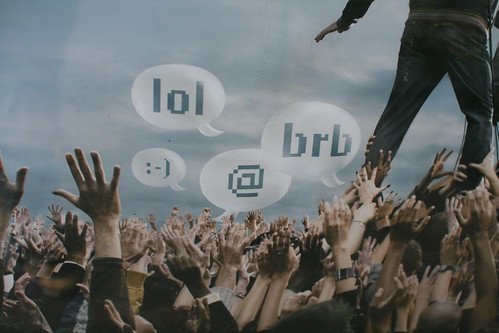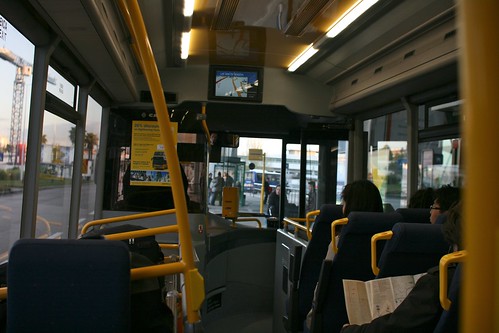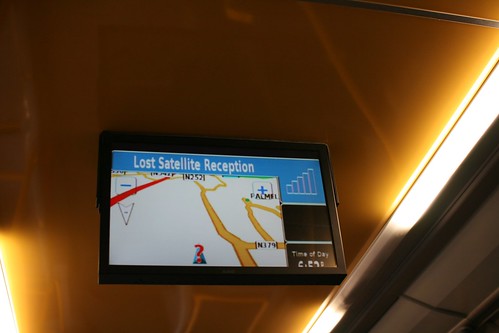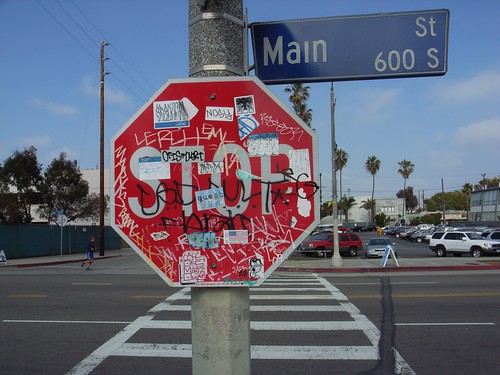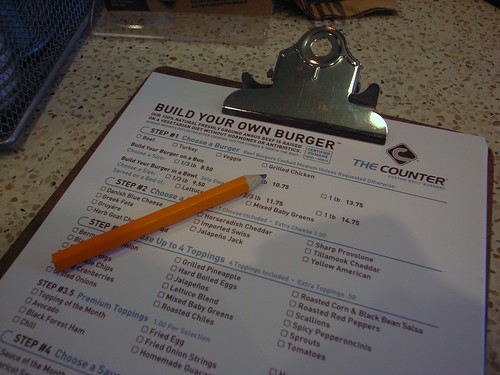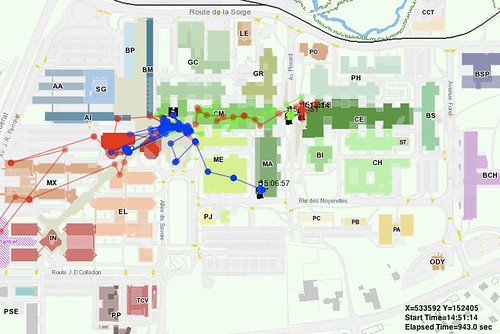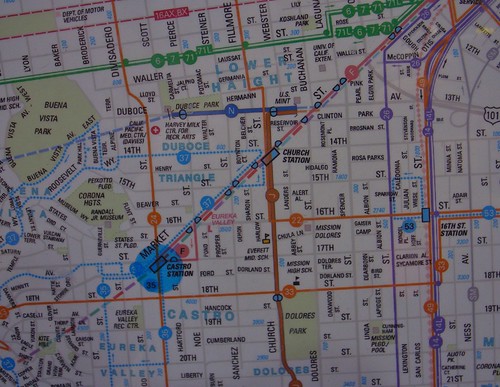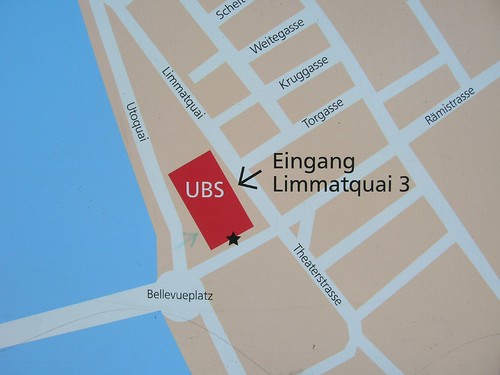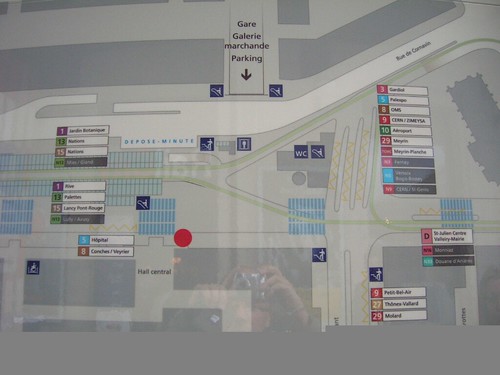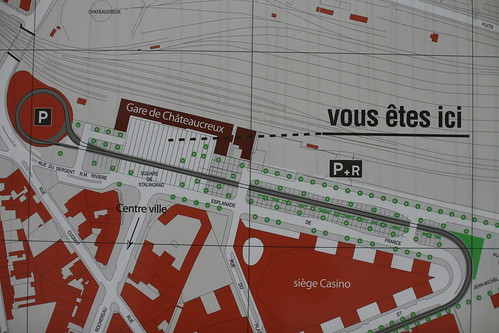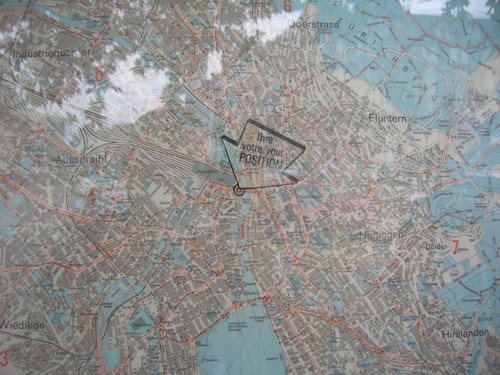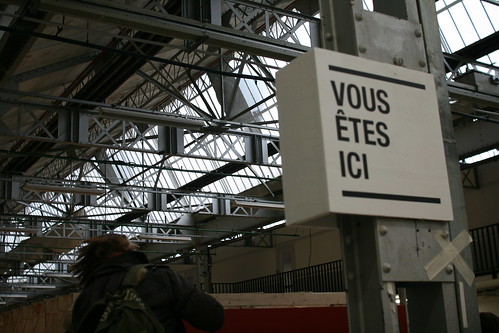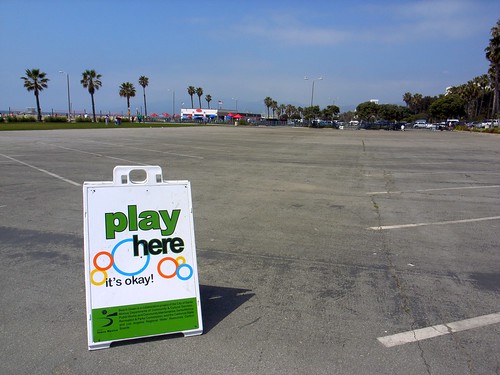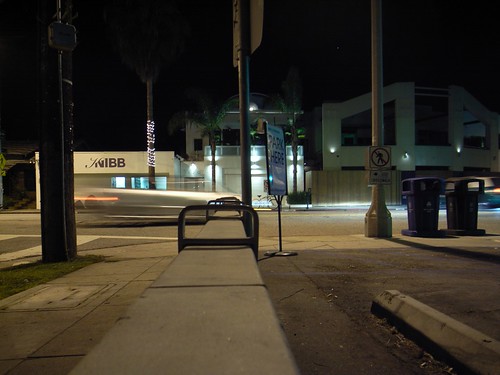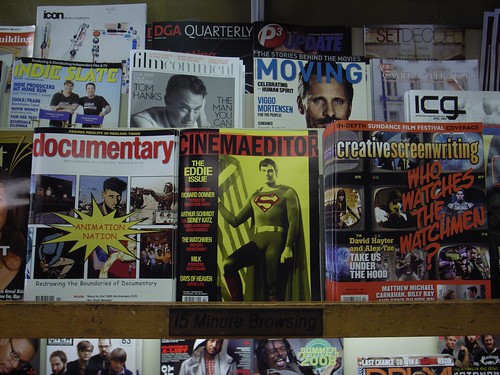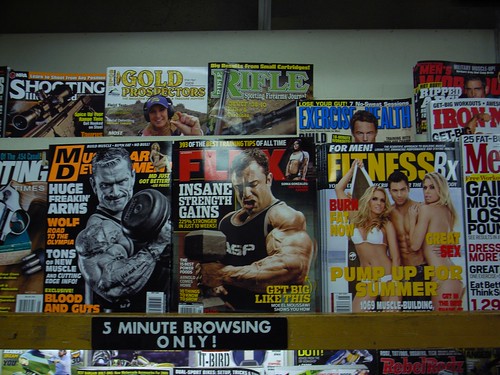Last semester, I've given a series of lectures at ENSCI (a Paris-based design school) for design students about people's experience of electricity. Just had some time to trim the slides and edit then in english. It's a short version of the presentation I've made about people's representations of electricity as well as intriguing practices I collected during trips, research projects and home visits. This material was used to give students some insights about how human beings related to an abstract (and now mundane) phenomenon such as electricity.
Slides under the link below:

Of course most of the presentation is a bit limited without the corresponding talk but it gives an idea of the messages I brought to the table. Moreover, the elements I presented here are only a subset of lots of other phenomena related to electricity that I missed or did not describe for time reasons. For the record, the students' project was about designing "internet of things" artifacts that would make people more conscious of electricity consumption.




